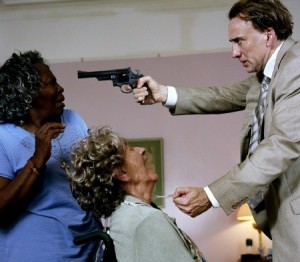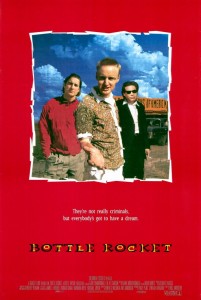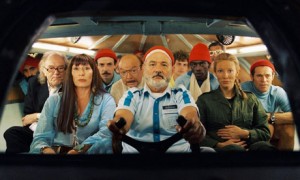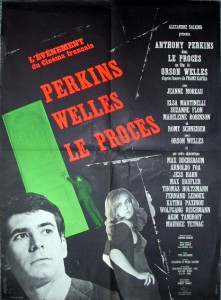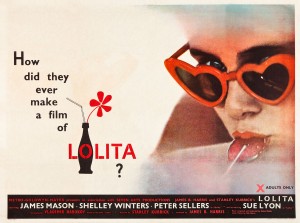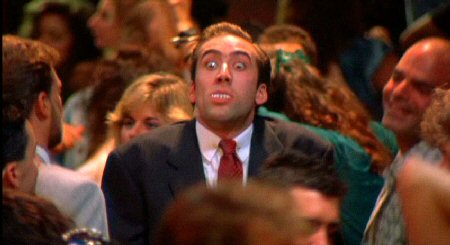 The Brattle’s ‘Nicolas Cage: Greatest American Actor’ series is a great opportunity for audiences to re-assess the wrongly reviled performer, and to see him as what he truly is: a man daring enough to separate acting and realism. His over-the-top performances, so often dismissed as camp, feel more like an actor trying to achieve an unforeseen future of acting – one where emotional honesty and expressionism is key, and reality means nothing. His performances skew abstract and absurdist in a culture where everything, even superheroes, need to be gritty. And never before has Cage been as absurd as in his masterpiece of unrestrained “mega-acting,” VAMPIRE’S KISS.
The Brattle’s ‘Nicolas Cage: Greatest American Actor’ series is a great opportunity for audiences to re-assess the wrongly reviled performer, and to see him as what he truly is: a man daring enough to separate acting and realism. His over-the-top performances, so often dismissed as camp, feel more like an actor trying to achieve an unforeseen future of acting – one where emotional honesty and expressionism is key, and reality means nothing. His performances skew abstract and absurdist in a culture where everything, even superheroes, need to be gritty. And never before has Cage been as absurd as in his masterpiece of unrestrained “mega-acting,” VAMPIRE’S KISS.
Most of the films in the Brattle’s series see Cage as filtered through the mind of great auteurs. RAISING ARIZONA sees him reborn in the eyes of the insane Coen Brothers, who 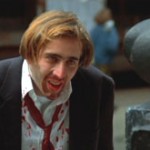 split the difference between philosophical inquiry and Looney Tunes lunacy in their character. FACE/OFF sees him playing a classic John Woo bad guy, diving in all directions with two handguns cocked and loaded. WILD AT HEART strands him in a Lynchian nightmare of sex, violence, and Americana. But VAMPIRE’S (which was forever immortalized by its inclusion in the ‘Nicolas Cage Losing His Shit’ viral video) sees Cage let loose in a way he never has before. Swinging madly from accent-to-accent, he allows no boundaries of character or reality to limit the depraved insanity of his performance as Peter Loew, a womanizing yuppie whose misogyny starts to externalize itself in bloodsucking ways. And director Robert Bierman seems delighted with the choice; allowing his mainly static frames to merely sit in awe of Cage’s alien presence.
split the difference between philosophical inquiry and Looney Tunes lunacy in their character. FACE/OFF sees him playing a classic John Woo bad guy, diving in all directions with two handguns cocked and loaded. WILD AT HEART strands him in a Lynchian nightmare of sex, violence, and Americana. But VAMPIRE’S (which was forever immortalized by its inclusion in the ‘Nicolas Cage Losing His Shit’ viral video) sees Cage let loose in a way he never has before. Swinging madly from accent-to-accent, he allows no boundaries of character or reality to limit the depraved insanity of his performance as Peter Loew, a womanizing yuppie whose misogyny starts to externalize itself in bloodsucking ways. And director Robert Bierman seems delighted with the choice; allowing his mainly static frames to merely sit in awe of Cage’s alien presence.
But the great mistake audiences made is in assuming this is a sub-TROLL 2 work of so-bad-it’s-good camp. But the truth is that this tale of false masculinity and creeping insanity is closer to AGUIRRE, WRATH OF GOD than to MYSTERY SCIENCE THEATER. It follows Cage down the rabbit-hole of self loathing, at first creating a psychological link between his bedtime troubles and a bat-bite, then following that conceit until Cage is slogging through clubs, trying to pick up women with plastic fangs enshrouded in his teeth. It’s a slow descent into madness, and Bierman follows through with a masters dedication: he allows both Cage’s hallucinations and his mental illness to follow through to their most extreme endgames, until he’s wondering around the street begging bystanders to stake him the death (all the while, he imagines that his romantic savior is just around the corner.)
Many have compared this film and its themes to AMERICAN PSYCHO, but that film has nothing on Cage’s one-of-a-kind take on the psychologically demolished yuppie character. Yes, he’s awash in false gravitas and retarded sexuality, but the film is about so much more  than just the sleaziness of the playboy lifestyle. I’m not being facetious with the AGUIRRE comparison: Bierman’s willingness to watch Cage’s confidence and demeanor slowly unravel itself to the point of self-destruction is downright Herzogian, and Cage’s hunchback limps and pained howls evoke the one of the cinema’s greatest madmen, Klaus Kinski. In fact, I almost wish this had been double featured with BAD LIEUTENANT – VAMPIRE’S KISS feels like a lost hallucinatory comedy Herzog made twenty years prior. – Jake Mulligan
than just the sleaziness of the playboy lifestyle. I’m not being facetious with the AGUIRRE comparison: Bierman’s willingness to watch Cage’s confidence and demeanor slowly unravel itself to the point of self-destruction is downright Herzogian, and Cage’s hunchback limps and pained howls evoke the one of the cinema’s greatest madmen, Klaus Kinski. In fact, I almost wish this had been double featured with BAD LIEUTENANT – VAMPIRE’S KISS feels like a lost hallucinatory comedy Herzog made twenty years prior. – Jake Mulligan
VAMPIRE’S KISS plays tonight, 6/13, at 5:15, 7:30, and 9:45. The Brattle Theatre, 40 Brattle Street, Cambridge MA, 02138.

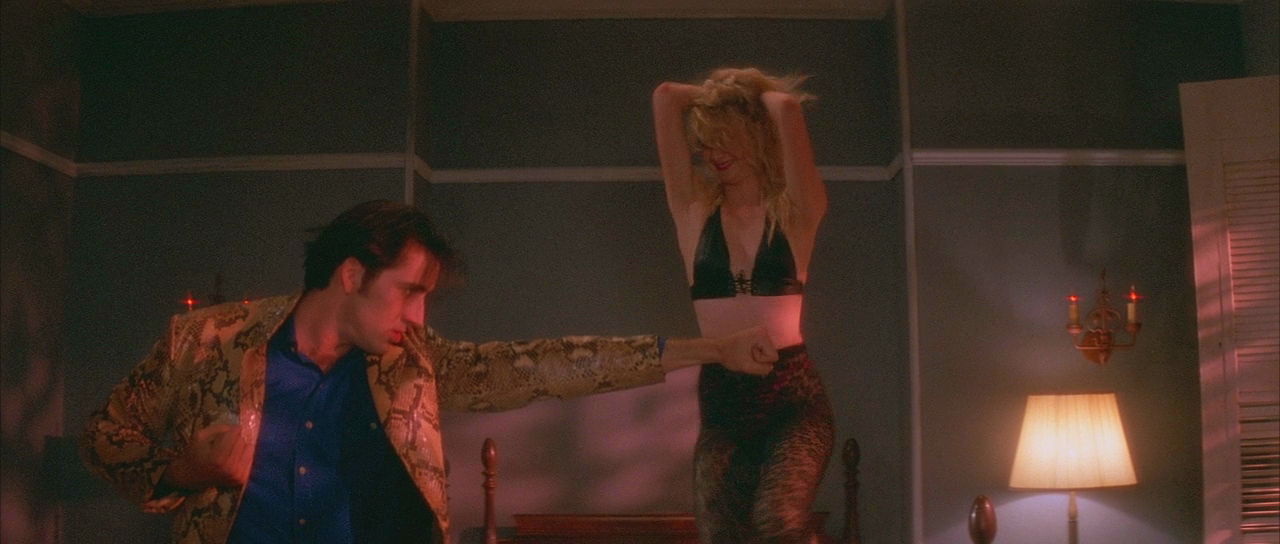
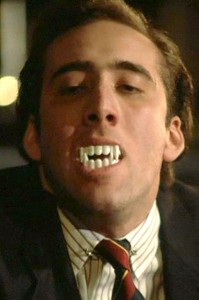 He’s basically a very famous, very handsome super-nerd; which I think is just awesome. It also helps that he’s in two of my favorite films of all time (
He’s basically a very famous, very handsome super-nerd; which I think is just awesome. It also helps that he’s in two of my favorite films of all time (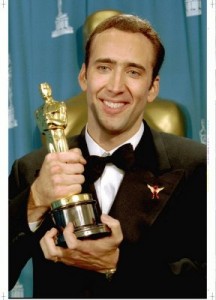 Q: Interesting that you have programmed so many of Cage’s iconic 1990’s roles, and yet not his brief, Oscar-winning window of respectability, LEAVING LAS VEGAS?
Q: Interesting that you have programmed so many of Cage’s iconic 1990’s roles, and yet not his brief, Oscar-winning window of respectability, LEAVING LAS VEGAS?